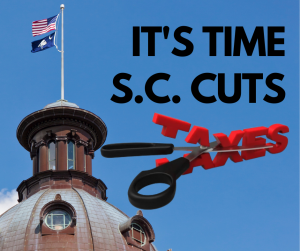 Over the weekend, former President Bill Clinton told David Gregory on Meet the Press that President Obama had a good economic plan to pull America from its current recession. I’m not sure if Mr. Clinton is that obtuse, or just following the talking points, but the policy of the President has deepened the economic doldrums in which America finds herself, it has certainly not made things better. Citing the favorite statistics of Keynesian economists, Mr. Clinton stated that it typically takes five years to come back from an economic downturn.
Over the weekend, former President Bill Clinton told David Gregory on Meet the Press that President Obama had a good economic plan to pull America from its current recession. I’m not sure if Mr. Clinton is that obtuse, or just following the talking points, but the policy of the President has deepened the economic doldrums in which America finds herself, it has certainly not made things better. Citing the favorite statistics of Keynesian economists, Mr. Clinton stated that it typically takes five years to come back from an economic downturn.
This is a statistic that does not have the support of history.
America has experienced economic downturns all throughout her history, which have rarely produced the prolonged pain and panic we have experienced in this cycle. In fact, one of the only other recessions / depressions to have such a lingering effect was the Great Depression of the 1930’s. One of the many characteristics the current economic disaster shares with the Great Depression: a hard-left Democratic president slowing down the recovery.
President Barack H. Obama has pursued virtually the same economic policy path as President Franklin D. Roosevelt, with much the same outcome: economic stagnation, persistently high unemployment and a skyrocketing Federal deficit. In fact, honest economists, who have carefully examined the record of FDR’s New Deal, have concluded that FDR’s response to the economic troubles of the 1930’s made sure the pain carried all the way through the decade.
Compare the lingering effect of the Great Depression, largely resulting from government intervention and Federal intrusion, to the relatively rapid recovery experienced under Warren G. Harding in the early 1920’s. The U.S. Economy had slipped into recession in 1921, just a few years after the end of World War I. President Warren G. Harding had been elected in 1920 in a Republican landslide, and quickly got about the business of restoring economic prosperity to the Nation. He quickly abandoned the progressive agenda of President Woodrow Wilson, and sought to shrink the size of the Federal government. As a result of these limited-government practices, the private sector quickly rebounded from the recession of 1921, in which unemployment spiked at an alarming 11.7%. By 1923, the economy was growing again, and unemployment had fallen to an astounding 2.3%!
The historical record clearly demonstrates that big-government monstrosities create lingering economic pain, while limited-government constitutionalism leads to quick recoveries and continued economic expansion. We have tried the big-government experimentations for nearly three years now, I think it’s high time we try the constitutional approach.




